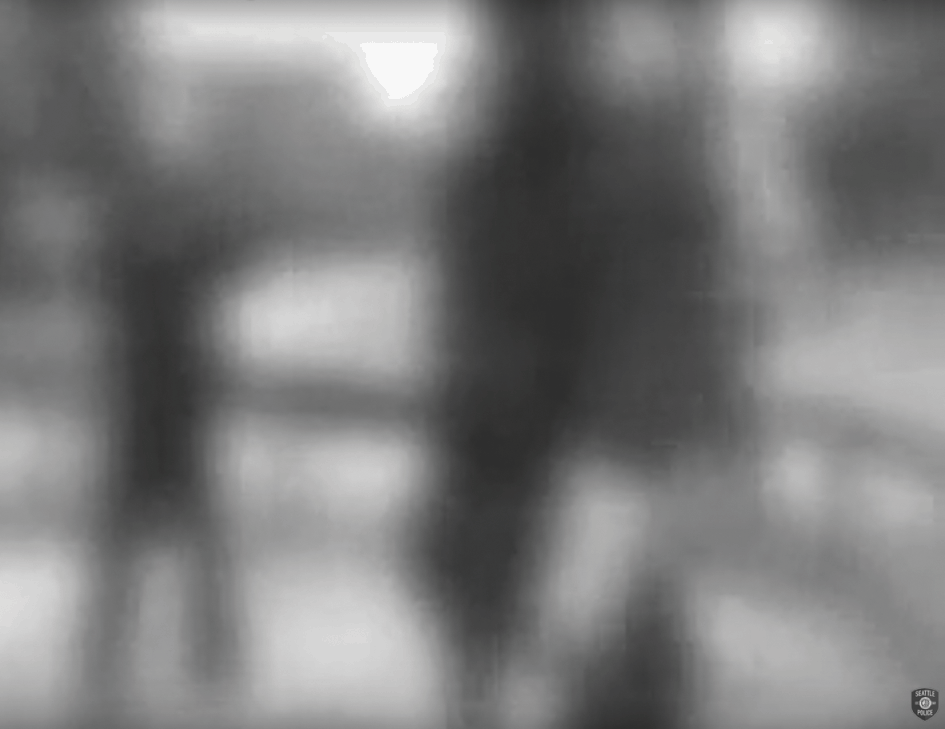I think most futurists expect this to happen, and my only contribution is that I think it will happen very soon.
- We will have transitioned from smart speakers to smart speakers with little screens
- We have transitioned from cable and free-to-air TV / online videos to watching all of our video content on TV, operated by a separate device
- Operating out home via a hub
- Voice control
We all know what we want: a wall that is a giant TV, that is voice operated, and connects to everything. The wall can show any video from any service, play music, display our calendar, show the news and weather, look like wallpaper or show our photos, and operate our home.
All the components already exist, and are reasonably mature. And the winner in this space will either be by Google/Apple/Amazon or will license their technology.
All the components already exist, with the exception of the screen. A wall of screens isn’t the perfect look (so Apple won’t do it), and what we are waiting for is an affordable wall that can be custom ordered to fit all of any wall.
But wait!
The Mini Wall is where we will start. It does everything described above, but it comes in three versions:
- Bathroom mirror, non-misting
- Full-length mirror
- Wide-screen TV
One of those will catch the imagination of the public. What is great about the full-length mirror, suddenly now, is being able to do group exercise from home. You can see the other people exercising, and your mirror image, on the screen.
Home Gym / Telemedicine
The pandemic has led to greater adoption of home gym classes, and telemedicine. Both can be provided via a full length mirror, especially if it can be a conduit for biometric data. For telemedicine a high resolution directional camera would be very important. For example, if I have a rash on my back and I want the doctor to see it.
Many services are already here that could utilise such a mirror. These could be partners with, or duplicated by, or bought out by, the mirror maker if it is a Big Tech company.
Examples:
From quick check-ins to group sessions, Krew provides a platform for PTs, physiotherapists and nutritionists to offer all of their services online. We complement the main livestream with motion tracking, heart rate detection from video, and exercise/meal plans – but is it browser based and uses laptop/phone cameras
Lululemon announced last month it would spend $500 million to acquire Mirror, which sells a $1,495 reflective display so subscribers can exercise while simultaneously streaming workouts and watching themselves. And your biometric data appears on the screen. So much more can be done with this screen!
Meanwhile the OYO Nova Gym is a very small replacement for numerous resistance machines found in gyms.
Combine the three above products with telemedicine, and that is all of health covered.
The Winner
It’s a tough call, but I think Google will win this one. Apple is too cautious, Amazon doesn’t have tools like calendars, and Google is willing to work with other brands, already have a screen-based OS with Android, and are buying Fitbit.
Bonus TikTok Feature!
We will tend to do our workouts in a different part of our home to where we relax and watch TV, and to combine the two would require the screen to rotate.
I don’t see this product being a replacement for TVs. I do see a complementary TV product that uses the same OS but has different primary functions.
But the vertical orientation does suit watching phone-based apps like TikTok, and given that dancing is a huge part of TikTok… Imagine kids in the garage doing their favorite TikTok dances with friends live on the screen… Google probably wouldn’t even need TikTok’s permission to embed the videos in the mirror.

